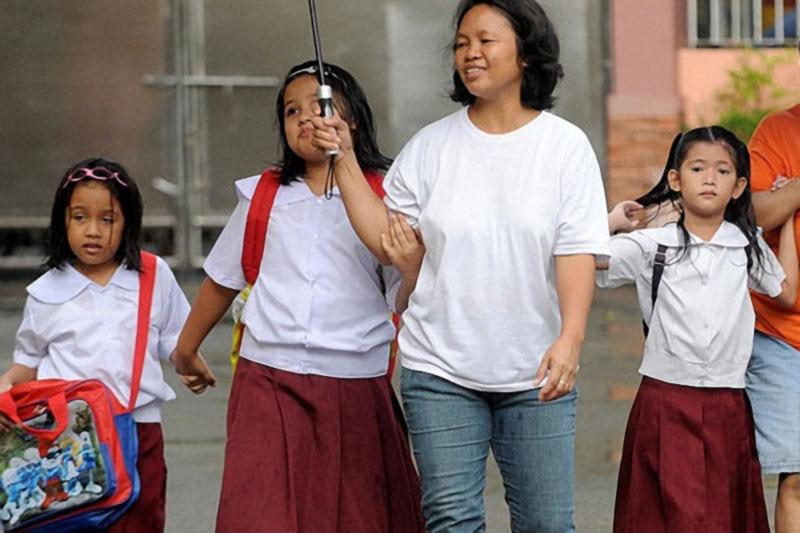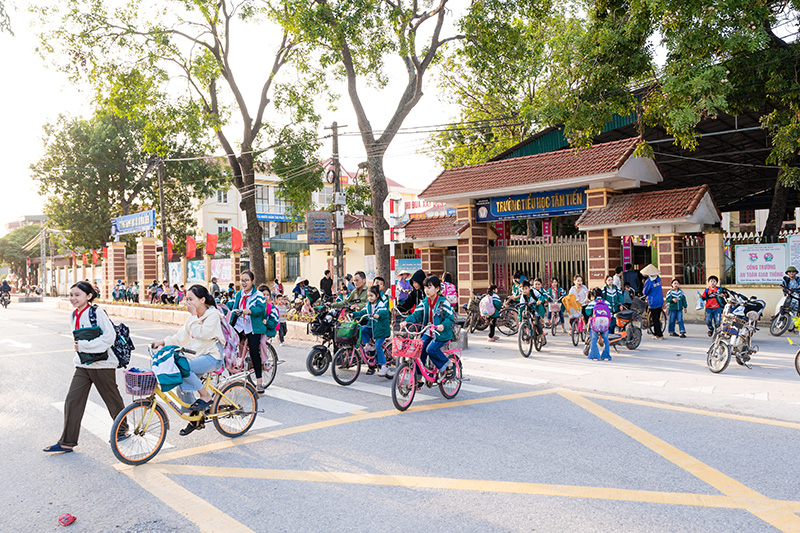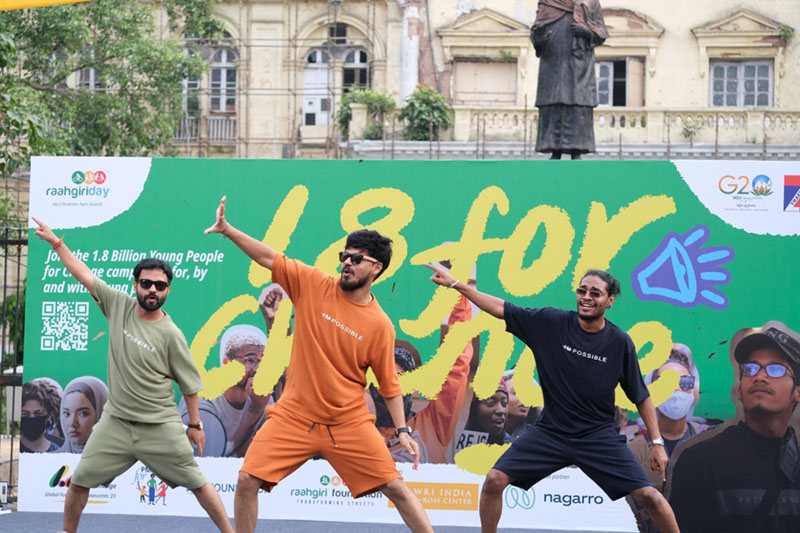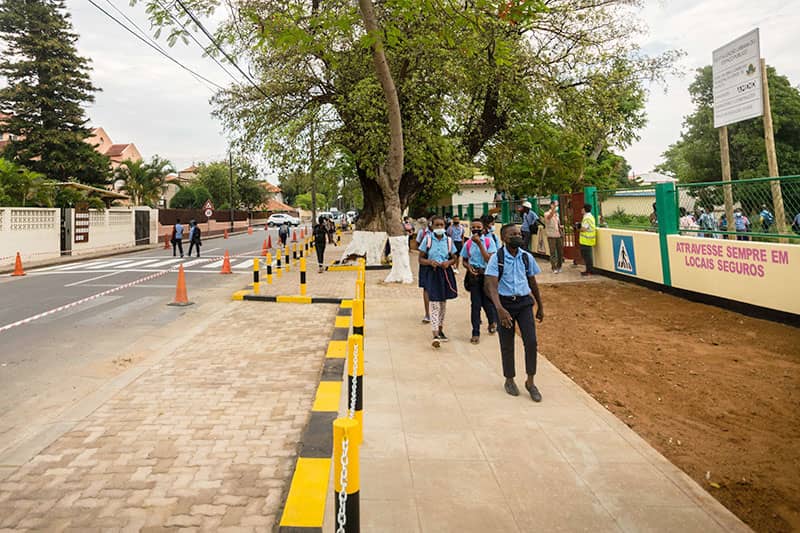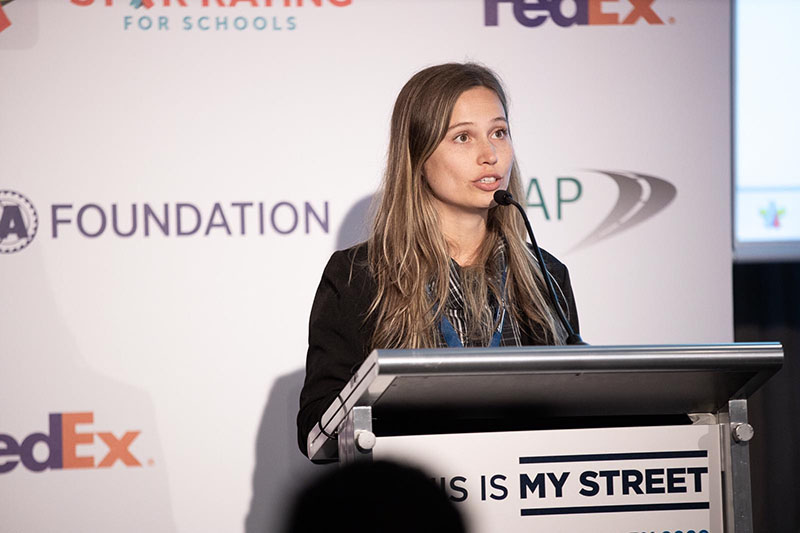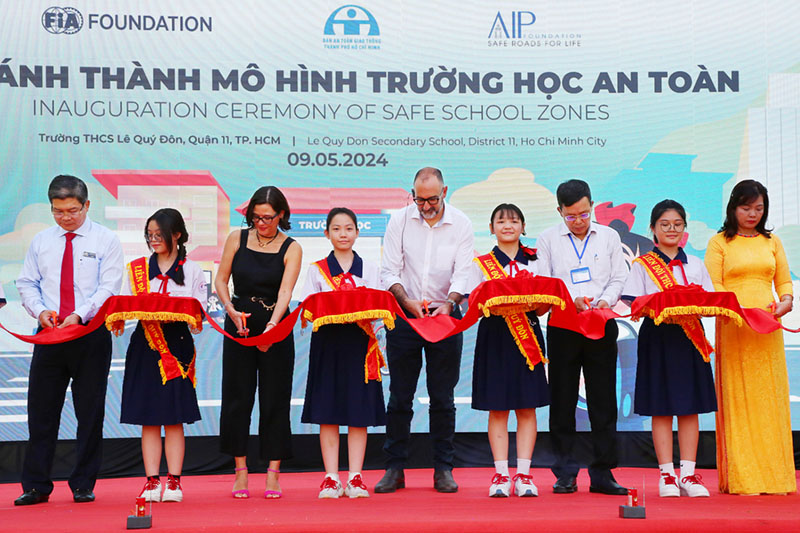UNICEF East Asia develops child road traffic injury responses
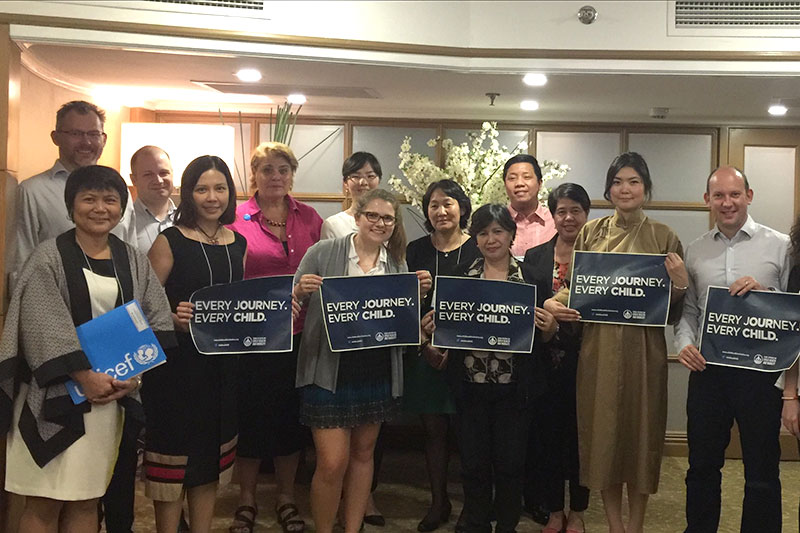
UNICEF Country Offices in East Asia together with their counterpart Government Ministries and key partners from the region have met in Manila to plan programmatic responses to child road traffic injury.
The capacity building forum, hosted on 17 and 18 May by UNICEF Philippines, focused on the ‘safe journey to school’ agenda being advanced by the Global Initiative for Child Health and Mobility. Participating Country Offices and their Governments included Mongolia, Papua New Guinea, Philippines and Vietnam. Guidance on strategic planning and programme delivery was provided by the World Health Organization, Asia Injury Prevention Foundation and the International Road Assessment Programme (iRAP).
UNICEF Philippines Representative Lotta Sylwander opened the forum and gave input into the planning sessions. She highlighted the burden of road traffic injury for children in the Philippines and in the region as a whole.
“This is an issue where it’s clear we have the solutions available to improve protection for children,” she said. “I’m encouraged that through the Child Road Traffic Injury programme, and through effective collaboration with our partners, lives can be saved. As with the other participating countries in the region, UNICEF has a strong partnership with the Government and is embarking on work to strengthen the response to road traffic injury as it impacts children, and to provide children of the Philippines with a safe journey to school.”
UNICEF Philippines is working closely with the Department of Health to strengthen the national strategy on child road traffic injury. An important component will be improving safety of the school environment particularly in high risk areas. The Government will be mapping risk to child pedestrians on high speed roads which are often in close proximity to schools with a student population regularly exceeding 5,000 pupils.
The Manila forum provided an opportunity to align Country Office programmes with the new ‘Save LIVES’ package launched just days earlier during UN Global Road Safety Week. The package outlines interventions to meet the SDG agenda on road traffic injury. Jon Passmore, Technical Lead Violence and Injury Prevention at the WHO Western Pacific Regional Office and Avi Silverman, UNICEF Child Road Traffic Injury Global Coordinator gave input on the ‘safe systems’ approach to road safety.
The forum was convened with FIA Foundation support and involved the Foundation’s key programming partners. Greg Smith iRAP Asia Regional Director provided guidance on ‘star ratings for schools’ a toolkit for assessing risk for child pedestrians on the journey to school. From AIP Foundation Deputy CEO Hoang Thi Na Huong and Molly Ellison Communications and Development Coordinator, provided input on child helmet programming in the region.
Programmatic responses to child road traffic injury are being developed by UNICEF with their Government partners, and linked to Sustainable Development Goal objectives. In Mongolia UNICEF is collaborating with government partners to strengthen legislation and enforcement for child pedestrian safety and will also focus on child helmet programming. Papua New Guinea has also recently developed road traffic legislation and the UNICEF Country Office is working closely with the Department of Health and is working to improve protection for child pedestrians particularly on the journey to school. In Vietnam, UNICEF is working with Ministries responsible for child welfare and education tasked with delivering targets on child road traffic injury reduction.
UNICEF is working in partnership with the FIA Foundation on the Child Road Traffic Injury Prevention programme which covers the East Asia Pacific Region, Latin America and the Caribbean and also South Africa. A core part of the work focuses on the ‘safe journey to school’ agenda developed with the Global Initiative for Child Health and Mobility.
